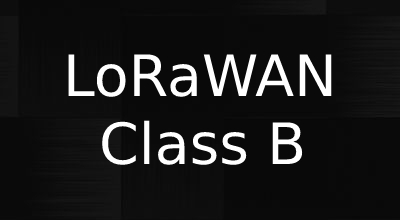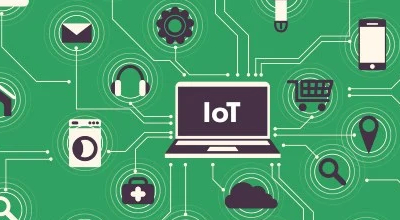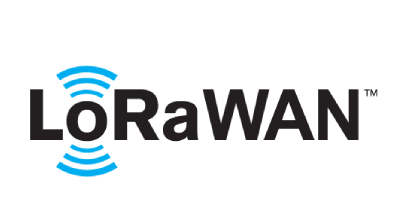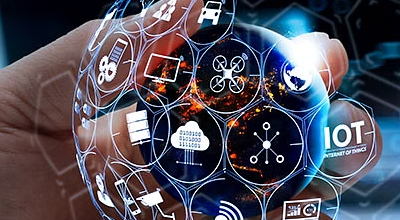
Understanding NB-IoT Power Consumption
Narrowband Internet of Things (NB-IoT) technology is revolutionizing the way we connect and interact with devices in various industries. It offers a low-cost, low-power solution to the challenges of deploying IoT devices on a large scale. As we rely increasingly on these devices for day-to-day operations, understanding NB-IoT power consumption becomes crucial. In this article, we will explore the factors affecting NB-IoT power consumption and the role it plays in the technology's longevity and efficiency.
Power Consumption: A Crucial Factor for IoT Devices

One of the most significant advantages of NB-IoT technology is its low power consumption. This makes it possible for IoT devices to have a longer battery life, reducing the need for frequent battery replacements or recharging. As a result, the total cost of ownership for IoT devices is reduced, and maintenance becomes more manageable.
Factors Affecting NB-IoT Power Consumption
NB-IoT power consumption can be influenced by various factors, including the following:
Coverage Enhancement (CE) Levels
NB-IoT devices can operate at different CE levels depending on signal strength. Higher CE levels require more repetitions to achieve reliable data transmission, leading to increased power consumption.
Transmission Power
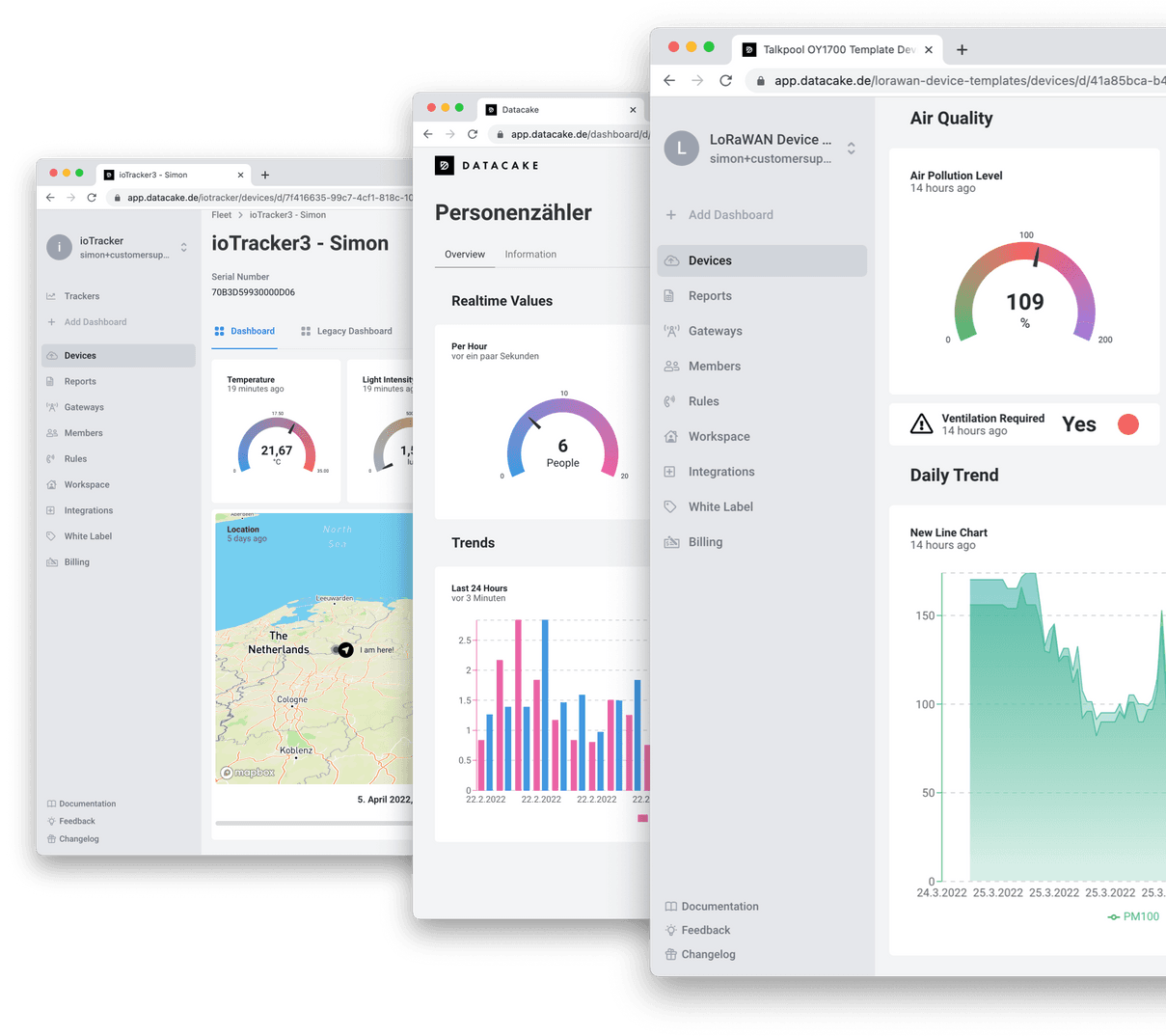
The power required to transmit data depends on factors such as distance, signal strength, and interference. Higher transmission power typically translates to higher power consumption.
Data Rate
The data rate at which IoT devices transmit information can also affect power consumption. Higher data rates require more processing power, leading to increased energy use.
Sleep and Wake Cycles
IoT devices often spend a significant amount of time in sleep mode to conserve power. The frequency and duration of wake cycles can affect power consumption, as waking up and re-establishing network connections require energy.
Optimizing NB-IoT Power Consumption

To maximize the longevity and efficiency of IoT devices, it is essential to optimize their power consumption. Some strategies to achieve this include:
Adaptive Coverage Enhancement: By allowing IoT devices to dynamically adjust their CE levels based on signal strength, power consumption can be minimized without sacrificing data reliability.
Power Saving Mode (PSM) and Extended Discontinuous Reception (eDRX): PSM and eDRX are features that allow IoT devices to enter deep sleep modes, extending their battery life. These modes can be adjusted to balance power savings with the required device responsiveness.
Selecting the Appropriate Data Rate: Choosing the right data rate for a particular application can help minimize power consumption. Lower data rates are generally more energy-efficient but may sacrifice communication speed.
Efficient Network Planning: By strategically placing base stations and optimizing network coverage, the required transmission power for IoT devices can be minimized, thus reducing power consumption.
Conclusion
Understanding NB-IoT power consumption is vital for the successful deployment and operation of IoT devices. By considering factors such as coverage enhancement levels, transmission power, data rates, and sleep/wake cycles, it becomes possible to optimize the power consumption of these devices. Implementing strategies to minimize energy use ultimately leads to lower costs, more manageable maintenance, and improved longevity and efficiency of IoT networks.
